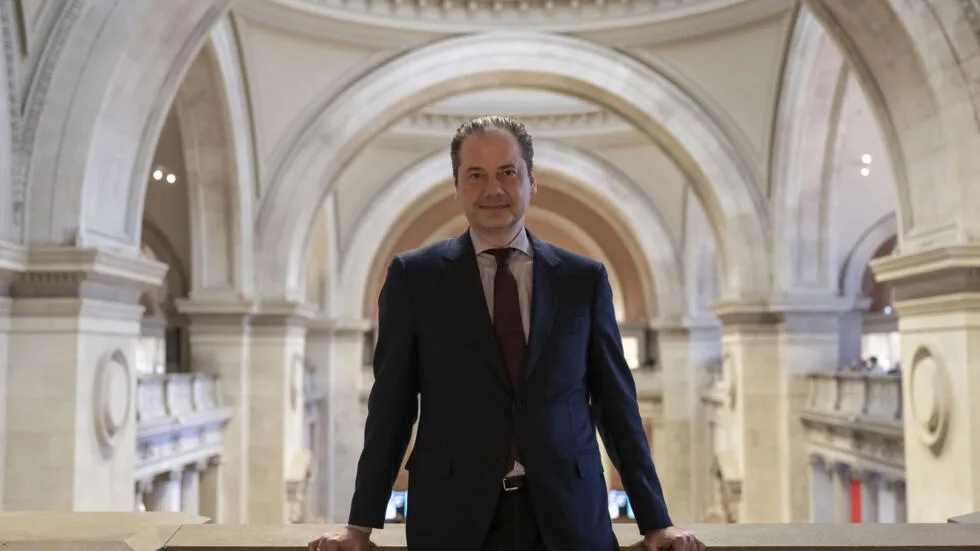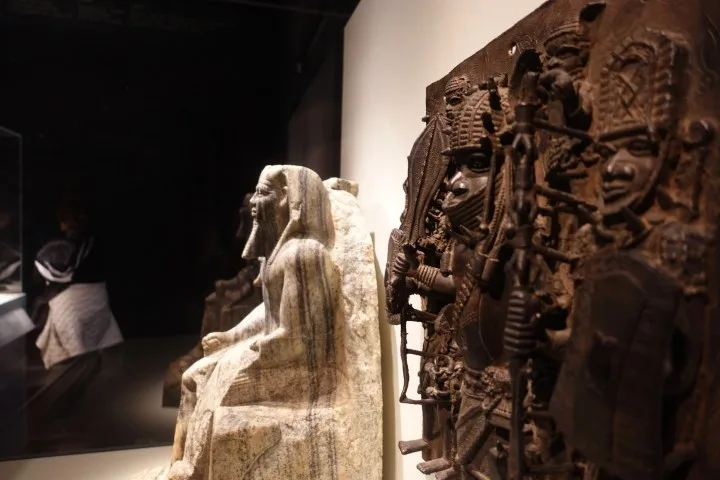New York’s esteemed Metropolitan Museum of Art is embarking on a transformative journey to present a more inclusive narrative to its vast audience, shifting its spotlight to the rich heritage of African artistry spanning over 3,000 years of cultural heritage.

Max Hollein, the CEO and executive director of the Met, revealed in an exclusive interview with AFP, the museum’s ambitious plans to elevate the visibility of African art, further aiming to engage a broader spectrum of visitors, including African American and diaspora communities.

The iconic institution, nestled on Fifth Avenue overlooking Central Park for over a century, is poised to unveil its revitalized Michael C. Rockefeller wing in spring 2025, meticulously redesigned to showcase not only African art but also treasures from the South Pacific and the early Americas.
Hollein, a distinguished 54-year-old Austrian art historian and also the Met’s first European leader, expressed his vision for the revamped galleries, emphasizing a fresh architectural and scenographic approach tailored to celebrate the diversity of African cultures.

Hollein, who assumed leadership of the Met in 2023 amidst the challenges posed by the global pandemic, underscores the significance of this cultural shift, citing the Rockefeller wing’s pivotal role in broadening the museum’s perspective beyond its traditional Eurocentric lens.
However, the forthcoming reimagined African galleries signify a monumental milestone in the Met’s journey towards a more inclusive narrative, aiming to transcend the confines of Western-centric discourse.
In a concerted effort to forge partnerships and amplify African voices, the Met has also forged collaborations with institutions across the continent, exemplified by a landmark agreement with Nigeria’s National Commission for Museums and Monuments to facilitate the digitization and cataloging of cultural artifacts.

Furthermore, the museum has demonstrated its commitment to showcasing African heritage through ambitious exhibitions, such as the exploration of the arts of the Sahelian empires and the profound influence of the Byzantine empire on Christian art in Africa.
Hollein’s recent immersion in the vibrant art scenes of South Africa, Zimbabwe, and Tanzania underscores his dedication to fostering deeper connections with African art, further engaging with local curators, historians, and contemporary artists to gain invaluable insights into the cultural nuances and significance of these masterpieces within their indigenous contexts.

